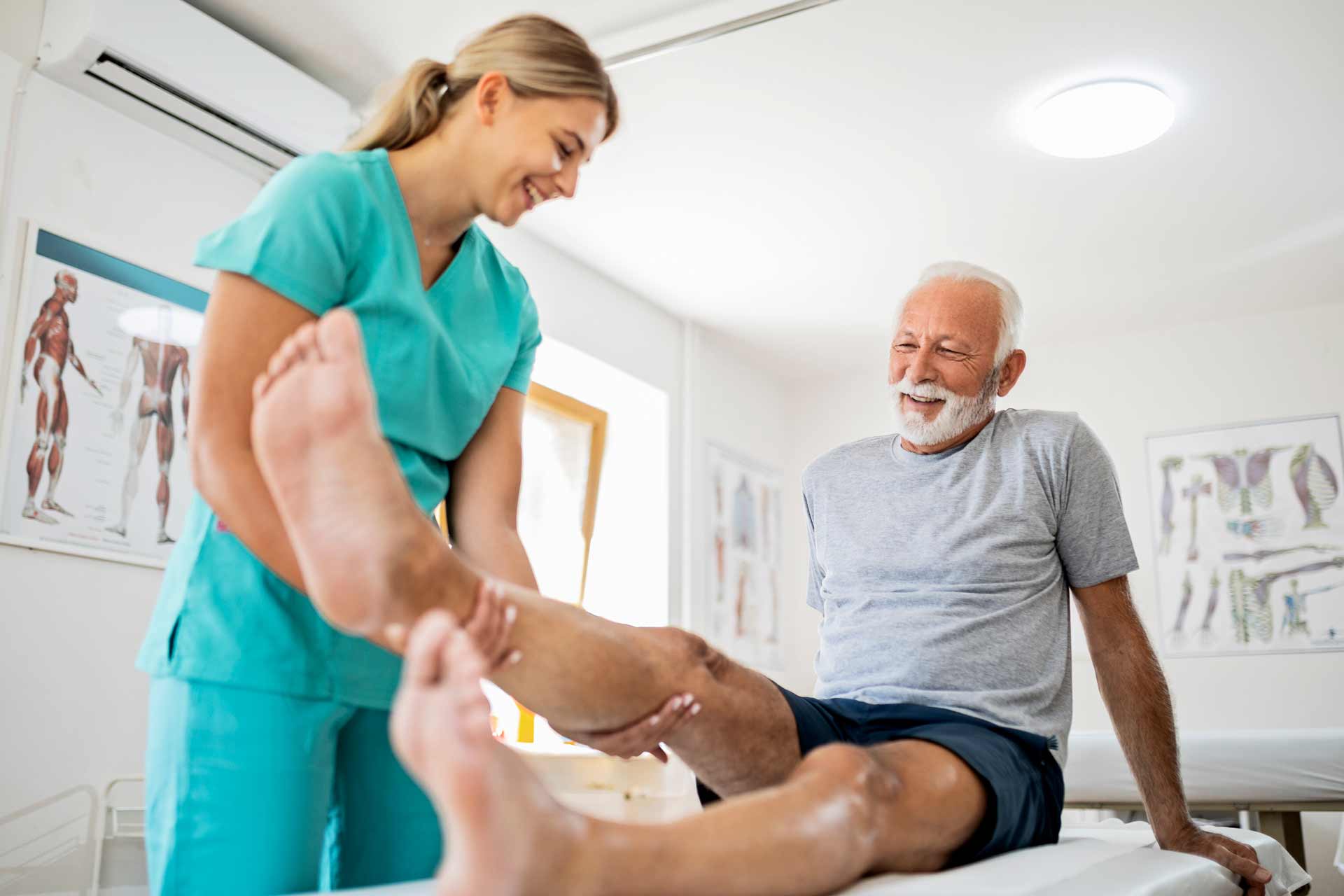Osteoarthritis Therapy for Seniors: A Guide to Better Mobility
Osteoarthritis (OA) is a common condition affecting seniors, causing joint pain, stiffness, and a decrease in mobility.
While it’s a progressive disease, various therapies can help seniors manage symptoms, maintain functionality, and improve their quality of life.
Early intervention and a comprehensive approach to treatment are essential for improving long-term outcomes.
Here’s a breakdown of some of the most effective therapies and treatments for osteoarthritis in older adults:
Understanding Treatment Options for Maintaining Joint Health

-
Physical Therapy
Physical therapy is one of the most effective non-surgical treatments for OA.
A skilled therapist can guide seniors through exercises designed to improve joint strength, flexibility, and overall mobility.
Regular therapy sessions can also help reduce pain and prevent further joint damage. -
Medications
Over-the-counter pain relievers like acetaminophen and NSAIDs (e.
g.
, ibuprofen) are commonly used to manage OA symptoms.
For seniors, medications should be monitored closely to avoid potential side effects like stomach irritation or kidney issues.
In some cases, doctors may prescribe stronger pain relief or topical treatments for localized pain. -
Assistive Devices
Using devices like canes, walkers, or knee braces can help seniors reduce the stress placed on painful joints and maintain their independence.
These devices can improve stability and provide support, making everyday tasks easier and less painful. -
Heat and Cold Therapy
Heat and cold packs can be used to manage osteoarthritis pain and inflammation.
Cold therapy helps reduce swelling, while heat therapy relaxes muscles and increases blood flow to the affected area, providing comfort and improving mobility. -
Injections
For seniors with more severe OA, corticosteroid injections or hyaluronic acid injections can provide temporary relief.
Steroid injections help reduce inflammation, while hyaluronic acid injections lubricate the joint, improving movement and alleviating discomfort. -
Surgical Options
In cases where conservative therapies don’t provide adequate relief, surgery may be an option.
Procedures like arthroscopy, realignment, or joint replacement can improve mobility and reduce pain for seniors with advanced osteoarthritis, especially in the knees, hips, or shoulders.
